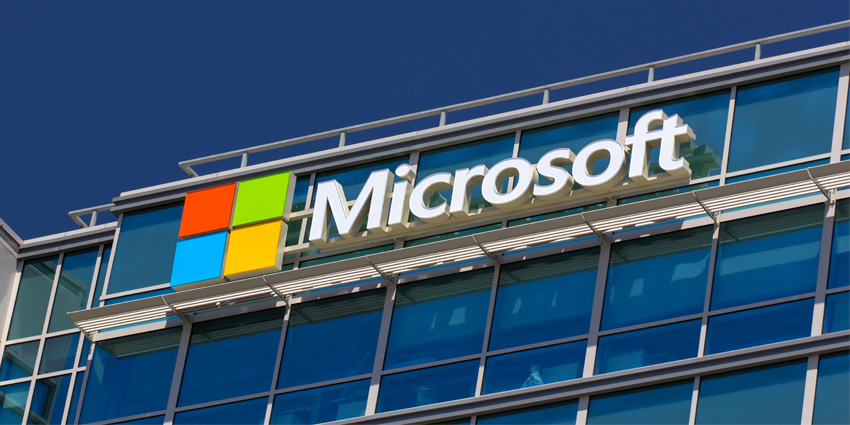Microsoft released a new Hololens 2 MR headset update this month, marking the device’s first significant enhancement in 2024 with the debut of Windows Holographic v24H1.
While Microsoft has released updates for the Hololens 2 in 2024, the device’s May update marks the first large-scale improvement since October 2023.
Microsoft is updating the Windows Holographic framework, which powers the MR headset. The firm states that the May update will support IT professionals and developers leveraging the Hololens 2 product.
Despite the lack of public focus on immersive solutions, Microsoft is still refining its software and approach with launches like immersive Office 365 software solutions and Co-Pilot for Apple’s XR marketplace.
Windows Holographic, version 24H1, What’s New?
The update aims to improve boot usability for Hololens’ broad range of users, including developers and end users.
The update introduces an OpenXR coding feature that provides massively increased flexibility and “the best out-of-box experience” for Hololens 2 developers without those users needing to access Microsoft store assets.
The OpenXR integration comes as Khronos Group released a version 1.1 update to its OpenXR API, consolidating multiple extensions into one API and streamlining application development cycles.
Windows Holographic v24H1 also improves the sign-in process on HoloLens 2 devices. The update achieves this by integrating “regular” Microsoft Entra user accounts, enabling an individual to sign into and use a HoloLens 2 device without requiring credentials.
Additionally, IT admins now have more control over what credentials a worker requires when they return to a HoloLens device after a break. The log-in updates also support multiple workers using the same HoloLens 2 device, withdraw user tracking, and improve access to Microsoft Entra resources, such as Dynamics 365 Guides.
The update includes considerations to network reporting and offers Offline Diagnostics to help solve common HoloLens 2 connectivity issues. Moreover, Microsoft adds synchronisation considerations to enhance Wi-Fi connectivity, improving device alignment with a time server.
Other updates include enhanced integration of Microsoft’s Intune application, eye tracking calibration, and device standby policies.
Microsoft Teams Introduces Frontline AR Tools
Microsoft Teams smartphone application recently added new XR features through AR instructional annotations. The update brings the Dynamics 365 Remote Assist feature, initially available via the Hololens 2, to the platform’s mobile application.
Dynamics 365 Remote Assist allows frontline workers to get insights on repair and maintenance tasks by connecting them to experts, sharing their views, and placing spatial annotations in a user’s video feed.
This new AR service eliminates the need for IT administrators to manage other frontline XR applications and streamlines the workflow to one service. Microsoft plans to make the service generally available to all devices in 2024.
The public preview for the new iOS Teams features is currently being distributed, and further public preview models for Android users will be available later this summer.
Users with a Dynamics 365 Field Service, Guides, and Remote Assist license can automatically access the new Teams remote assistance features via the mobile application at no additional cost.








